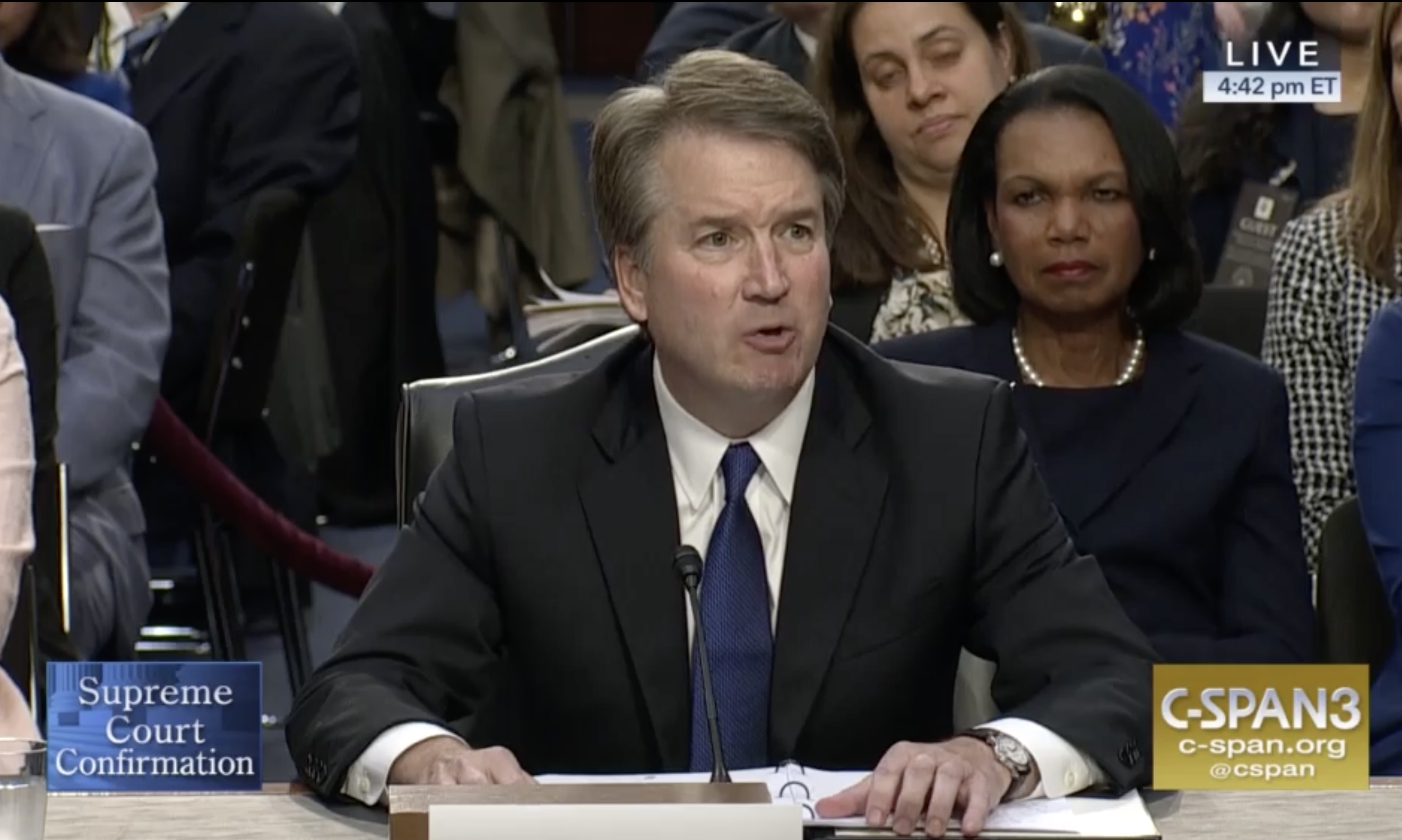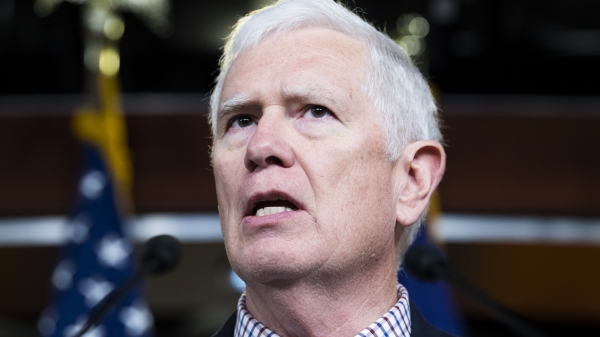By Bill Britt
Alabama Political Reporter
MONTGOMERY—There is fear that “un-earmarking” the State’s budgets, then combining the Education Trust Fund (ETF) and the State General Fund (SGF), would be devastating to education. Sen. Paul Bussman (R-Cullman), who has proposed such an plan, says his idea would protect education funding, not put it in danger.
However, after Bussman’s plan was written about in this publication, an email from the Alabama Education Retirees Association called it, “a very dangerous bill.”
The Senator says, it is understandable that people might be wary of the changes, but according to data supplied by the Legislative Fiscal Office (LFO), his plan would insure stable funding for education, something that is not guaranteed under the current budget arrangement.
 “The goal is to protect education,” said Bussman. “Right now, even though there is an Education Budget and General Fund Budget, there is no protection for education other than the income tax earmark. The Legislature could continue to take money out of that side, and feel pretty confident that they are not going to get into trouble, legally.”
“The goal is to protect education,” said Bussman. “Right now, even though there is an Education Budget and General Fund Budget, there is no protection for education other than the income tax earmark. The Legislature could continue to take money out of that side, and feel pretty confident that they are not going to get into trouble, legally.”
According to Bussman, the SGF needs are already devouring the education money. “The percentage of money (from total state funds) going to K12, Post Secondary and Higher Education has decreased as we all know,” said Bussman. “Even comparing times with similar available money, the percentage has gone down.”
Bussman believes the surest way to protect education funding is to set a minimum that must be met every fiscal year. “If the education community would have been proactive a few years ago, by unifying the budgets and setting a minimum, they would have had more money today,” he said.
Numbers from LFO tell the story. In 2007, K12, Post Secondary and Higher Education received 56 percent of total State funds. In 2013 and 2014, it was only 51 percent.
In 2015, it was 52 percent.
If there had been a minimum funding of 53 percent in place in 2015, education would have added an additional $103 million to its budget.
If the minimum was 54 percent, an additional $213 million would have been realized.
“But that didn’t happen,” Bussman said, “so money was spent on other non-education items.” To prevent further erosion of funds to K12, Post Secondary, and Higher Education, Bussman believes a minimum needs to be set constitutionally “so the Legislature cannot toy with it in the future.”
Over the last nine years, education funding has only exceeded 53 percent in four budgets. In four other years, it was below 53 percent.
“What I am trying to do is bring everybody to the table, and protect the education pot, and by education pot I mean K12, Post Secondary, and Higher Education. I am not talking about all of these other things we are sponsoring, or supporting out of the education budget,” said Bussman.
“If we can do that, and education employees understand that their base is set, and they can’t go below that, I think that would be a tremendous protection for them.”






















































